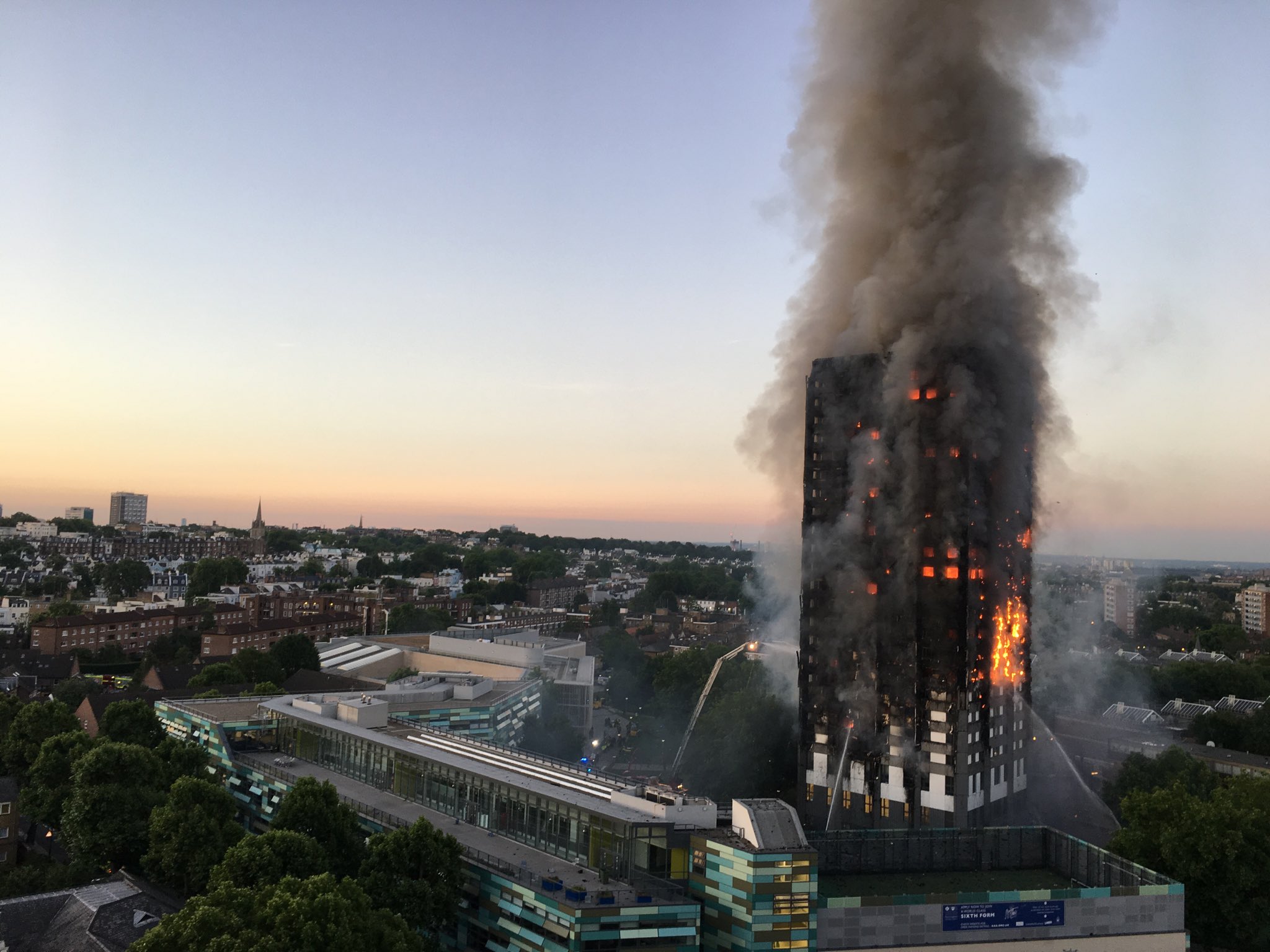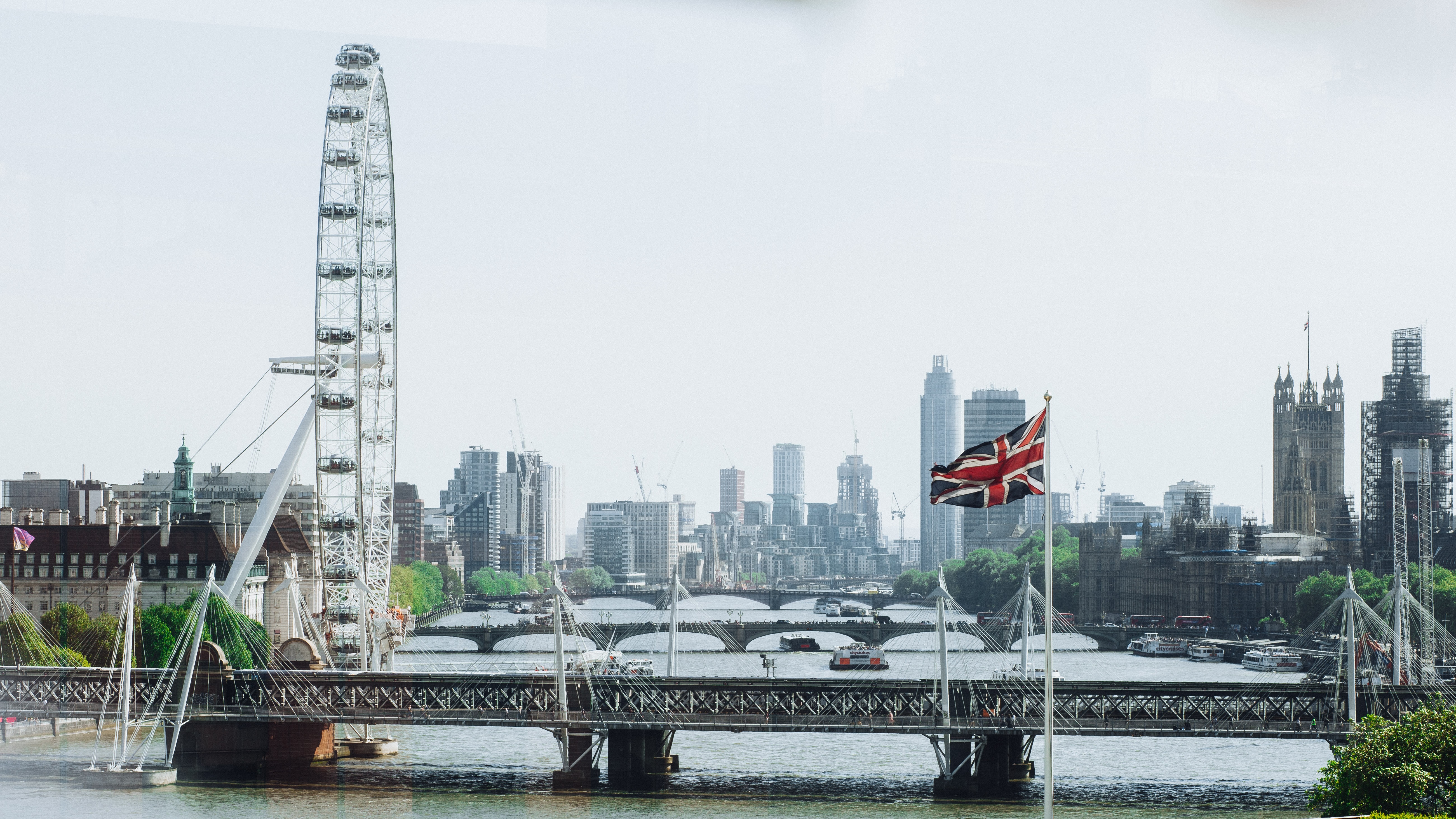Written by Danielle Ball
Shocking witness statements have been heard from the fire crew and call handlers involved in the response to the tragedy
The Grenfell Tower Inquiry resumed at Holborn Bars in early September after breaking over the summer.
Since the break, the Inquiry has focused on the actions of firefighters when attending the Grenfell Tower fire in June 2017.
Evidence has been heard from various ranks within the London Fire Brigade concerning their movements, decisions, and communications as well as the impact the fire had on them personally.
Many firefights became emotional when questioned about the night of the fire.
The survival of all firefighters, the attempted rescues, the failed tasks and the pressure and emotion that was felt during this period of questioning stirred emotional responses from several of the firefighters giving evidence.
The Inquiry made allowances for the emotional nature of the questioning by pausing for breaks if firefighters so required and by thanking every firefighter for the work they did on the night at the end of questioning.
Firefighter Desmond Murphy was amongst those who became emotional.
Murphy requested to re-enter the Inquiry after his questioning had finished in order to apologise in the context of the Inquiry for the events that took place whilst he was deployed to the 14 th floor.
Desmond Murphy told the inquiry:
“I’d just like to say to the family members of Denis Murphy, and the family members of the other seven residents that I came into contact with on the 14th floor, I’m very sorry that we couldn’t get your loved ones out of the building. Thank you.”
Members of the public had to leave the room after this apology and became incredibly emotional as Murphy’s apology concerned their loved ones’ fate during the tragedy.
The members of the public attending the Inquiry showed their solidarity to the lost, the survivors, the bereaved and anyone affected by wearing green heart badges: which have become synonymous with the Grenfell Tower Fire.
The Inquiry also heard from a number of firefighters about the stay-put policy.
Throughout questioning, many firefighters stated that it was the best advice that could be given to residents on the night due to a variety of factors.
These factors included: the size of the singular staircase, the sheer quantity of smoke, the height of the building and the realistic possibilities of survival when evacuating from higher floors.
Members of the London Fire Brigade stated that had the stay-put policy not been put in place, the death toll may have been higher than it was, as Watch Manager Alan Moore told the Inquiry on 4 th September:
Mr Kinnier QC (Counsel to the Inquiry): “What would’ve been the advantages and disadvantages of telling those on the higher floors simply to get out?”
Moore: “In hindsight, there would’ve been I think a lot more casualties.”
Kinnier: “Why do you think that?”
Moore: “The stairs would’ve become — people would’ve been overcome with smoke much more quickly and that would’ve — there was one stairwell. It would’ve blocked the stairwell and it would’ve made rescues more difficult.”
Stay-put policy works on the theory of compartmentalisation.
A fire should, according to this theory, stay in certain areas of the building and not spread through to other areas (or compartments).
This logic, however, as many firefighters stated, did not apply in this particular building.
Numerous firefighters, such as Watch Manager Alan Moore and Group Manager Pat Goulbourne, stated that they had never seen a fire act in the way that it did during the Grenfell Tower fire.
London’s Fire Chief, Dany Cotton, also spoke about how the unpredictable nature of the fire led to the assumption that compartmentalisation had failed due to the inadequate safety features of Grenfell Tower.
“We’ve never seen such a significant failure of a building.” they told the inquiry.
Communications between firefighters on the night has been a central focus of the Inquiry.
Members of the London Fire Brigade have stated that a vast amount of communication issues were present during the entirety of the response to Grenfell Tower, leading to runners being used to relay any information.
The use of runners is not normal practice in this area of emergency response but was the only method available at the time of the incident.
The number of firefighters using radios did contribute to this, it has been acknowledged.
However, the radios had a history of being unusable in certain scenarios.
Firefighters Charles Cornelius and Nikki Upton were amongst those firefighters who experienced communications issues on the night of the fire.
Watch Manager Peter Johnson stated how he was unsurprised that the radios didn’t work as required during the event due to previous experience using them in large scale fires- these issues were reported numerous times by Mr Johnson.
The historical failure of communications between firefighters at large incidents is still a main line of questioning for the Inquiry: particularly whether this could have been resolved before the Grenfell Tower fire.
Emergency 999 call handlers have also been heard by the Inquiry in regard to the stay-put advice.
Jo Smith, a Senior Operations Manager for the London Fire Brigade, changed the advice from stay-put to make attempts to evacuate during the morning of Grenfell at around 02.30am due to the amount and the content of the fire safety guidance calls they were still receiving.
The firefighters that attended Grenfell have made it clear that the fire was unprecedented.
Senior members of the brigade, such as Group Manager (now Deputy Assistant Commissioner) Pat Goulbourne, had never seen anything of the scale, complexity and ferocity than they experienced between June 14 and 15 2017.
Dany Cotton, London Fire Chief, states in reference to training exercises in her witness statement that ‘had I set up the fire at Grenfell Tower as an Incident Command Scenario, people would have said that it was unrealistic because it would never happen’.
During the Inquiry, it is clear that Grenfell Tower presented many challenges for firefighters: there was no fire access lift working, there was a narrow singular staircase, there were no floor plans of the building or pictures, compartmentation was easily broken.
London’s Fire Chief, Dany Cotton, alongside Nicholas Myatt went into considerable detail on this issue during their witness statements.
The inquiry acknowledged that “Evidence is beginning to emerge that the first crew at the scene discovered that the firefighter switch for the lifts, which would give the London Fire Brigade sole control over the lifts, was not operational.”
These issues sit amongst many others that caused difficulties on the night.
The issues with the building itself are yet to be heard, as this stage of the Inquiry concerns the London Fire Brigade.
The impacts of the fire will remain with all of those affected for the rest of their lives.
Mr Seaward, on behalf of the Fire Brigades Union (FBU), stated in regard to control room staff that “many of them will be haunted by their memories of that night.”
For firefighters, it has been made clear by the FBU, the Fire Officers Association (FOA) and the LFB that there are no fires comparable to the Grenfell Tower fire.
Mr Browne from the FOA stated that “The firefighter rescue operation at Grenfell Tower was the largest single operation of its kind in England since World War II.”
More poignantly, the cold hard facts of the amount of fire survival guidance calls received by the LFB’s control centre, as well as the number of firefighters deployed, epitomises the unprecedented nature of the Grenfell Tower tragedy.
“On the night, the London Fire Brigade control centre was required to handle more calls requiring fire survival guidance from residents within Grenfell Tower than the total number of such calls in the previous ten years from the whole of London.
“That must be understood in the context that individual control officers might take two or three such calls in a thirty-year career.
“More firefighters in breathing apparatus were deployed into the building than in any other single incident in the memory of the London Fire Brigade, with more than 700 fire service personnel engaged in the emergency response during and after the fire.” said Stephen Walsh on behalf of the LFB
All firefighters have had access to services that help them process the events at Grenfell Tower, yet many are still struggling in the aftermath of the tragedy.
Mr Browne on behalf of the FOA stated that “it has had life changing consequences for many of the firefighters who attended the scene of the fire that night.”
Dany Cotton details, in her witness statement, the state of firefighters after their deployment: “A number of firefighters, not known to me, had physically burst into tears in my arms.
“I’ve never ever had that on the fire ground… I’ve never experienced such an overwhelming volume of people absolutely physically drained and exhausted and in visible shock from what they had seen and experienced.”.
One of the services, as detailed by Dany Cotton, was counselling, which was made available “…at Paddington so that every single firefighter saw one of our counselling team before they went home.
“It was about identifying high risk people who had been severely traumatised by this incident and those people that it had affected by bringing back previous issues.
“Placing counsellors at Paddington was about trying to get the first steps in place because I recognised really quickly, that this was going to be so difficult and so different for people.”
Firefighters that attended Grenfell Tower were ‘confronted with a situation which was unprecedented in living memory of the UK fire service.” said Mr Seaward on behalf of the FBU.
The Inquiry into the events at Grenfell Tower is expected to continue for at least the next two years and is currently in phase one of its planned schedule.
Image credit: Wikimedia Commons: Natalie Oxford





